Looking at the Technique… or Not
We are working on their song called “This Is Gospel.” My usual procedure for a song like this is that I get the sheet music, and, with that in hand, I listen to the song a few times to get a feel for it. Then, I play it at the piano. After that, my student has a couple of options. We can do the song strictly karaoke, using backing tracks available on YouTube, or we can do the song with me playing the piano. Sometimes, we combine these in different ways to make the student feel comfortable.
Are these always songs on which we can really work technique? Sometimes. But not every song has to be about technique. Sometimes, songs are just about fun. (But we can always work on posture and breathing!)
Looking at the Interpretation
I watched the Panic! At the Discovideos for this song. There are two: one is the standard version and the other is the piano version. It’s the piano version that I want to talk about. We see lead singer, and only official band member, Brenden Urie, at a white grand piano, outdoors, in some sort of ruined industrial area. He walks up to the piano and starts to play and sing. Not far into the song, confetti and streamers start to fall onto him and the piano. Then pom-poms and bouncy balls join the confetti. Then you realize that Fruit Loops cereal has joined the confetti. Wait: were those cucumbers? And empty bottles of wine? Oops, that one may have been full. Paint balls and eggs join the fray. Milk, fried chicken, and spaghetti with meatballs all land on the piano. As Brenden walks away, he is drenched with blue and then purple paint.
The song was written about Urie’s friend and then-drummer’s problems with addiction. It voices Urie’s anger and frustration with his own helplessness, wanting to help his friend:
Locked away in permanent slumber
Assembling their philosophies
From pieces of broken memories
Oh, this is the beat of my heart, this is the beat of my heart
Oh, this is the beat of my heart, this is the beat of my heart
The gnashing teeth and criminal tongues conspire against the odds
But they haven’t seen the best of us yet
If you love me let me go
If you love me let me go
‘Cause these words are knives that often leave scars
The fear of falling apart
And truth be told, I never was yours
The fear, the fear of falling apart
Oh, this is the beat of my heart, this is the beat of my heart
Oh, this is the beat of my heart, this is the beat of my heart
This is gospel for the vagabonds,
Ne’er-do-wells, insufferable bastards
Confessing their apostasies
Led away by imperfect impostors
Oh, this is the beat of my heart, this is the beat of my heart
Oh, this is the beat of my heart, this is the beat of my heart
Don’t try to sleep through the end of the world
Bury me alive
'Cause I won’t give up without a fight
If you love me let me go
If you love me let me go
‘Cause these words are knives that often leave scars
The fear of falling apart
And truth be told, I never was yours
The fear, the fear of falling apart
Oh, the fear of falling apart
Oh, the fear, the fear of falling apart
Oh (This is the beat of my heart)
The fear of falling apart (Repeat a few more times)
I’ve been seeing a lot on YouTube lately dealing with the idea: Death of the Author. It doesn’t mean that the author is literally dead, or that there is nothing left to write. No, it deals with the concept that once the author has put the words on the page, his or her intentno longer matters. What matters is the interpretation of each person who reads those words. This goes for any artform: literature, paintings and music.
When I interpret a song, I try to find what the composer intended. But, ultimately, what matters is what I think the song is about. And then, once I perform the song, what I intended ceases not matter. What matters is what each member of the audience pulls out of the song. This is one of the beauties of art (or, as the Vulcans would call it IDIC: Infinite Diversity in Infinite Combinations. Yup. That is a Star Trek reference).
Looking at Other Songs
The piano video for “This Is Gospel” reminded me of two other videos. Going backwards in chronological order brings us to Garth Brooks and his song, “The Red Strokes.”
In this song, we start out with a white room, a white piano, and Garth is all in white, too:
Two shadows starting to softly combine
The picture they're painting
Is one of the heart
And to those who have seen it
It's a true work of art
Oh, the red strokes
Passions uncaged
Thundering moments of tenderness rage
Oh, the red strokes
Tempered and strong (Fearlessly drawn)
Burning the night like the dawn
Steam on the window, salt in a kiss
Two hearts have never pounded like this
Inspired by a vision
That they can't command
Erasing the borders
With each brush of a hand
Oh, the red strokes
Passions uncaged
Thundering moments of tenderness rage
Oh, the red strokes
Tempered and strong (Fearlessly drawn)
Burning the night like the dawn
Oh, the blues will be blue and the jealousies green
But when love picks its shade it demands to be seen
Oh, the red strokes
Passions uncaged
Thundering moments of tenderness rage
Oh, the red strokes
Tempered and strong (Fearlessly drawn)
Burning the night like the dawn
Oh, the red strokes
Passions uncaged
Thundering moments of tenderness rage
Oh, the red strokes
Tempered and strong (Fearlessly drawn)
Burning the night like the dawn
Steam on the window, salt in a kiss
Two hearts have never pounded like this
The author of the poem says that she was at the Louvre and saw a painting that was nothing but brush strokes. This made her wonder about the colors and brush strokes of her life. When Garth sings it, I get anger more than anything else. Maybe he thought he was giving sexy looks. To me, it looks more like he’s constipated. Once again, not what the author intended.
But this brings me to the last video in this string. John Lennon and “Imagine.”It begins with John and Yoko walking to the door of their grand house. Inside, John is sitting in a dark, white room at a white grand piano. Slowly, while he sings and plays the piano, Yoko, in a long white dress, walks around the room and opens the floor-to-ceiling white shutters, letting the sun shine into the room. Except for a small smile toward the end of the song, neither one shows much expression.
John wrote the song to be about world peace, and living as one people, not divided by nations or religions. And that is what I, and I think, most people get out of it. No death of the author here.
But the video. Well, Yoko was and probably still is, a performance artist. That means her art is not something that I get. Or most people. I mean, really, a movie of bare legs that was supposed to be for world peace?!?!? But, anyway, this one isn’t too thorny. White is traditionally the color of purity. And Yoko is letting the light into the room. Light – enlightenment? Light of peace? There are a few things to pull from it. Mostly, this is now an iconic video with iconic imagery.
All three of these videos involve a white piano. In two of them, various colors and things are thrown at the pianos. Does this show a loss of purity? Evil in the world? Is there a connection between the three videos, and therefore, between the three songs? Is Garth drowning in a sea of blood? Does Brenden have an eating disorder? Am I putting WAY too much into this? Probably.
But, these three videos are haunting me. Help!
Let me know what you think. Do I need a life? Am I putting way too much thought into this? Do you have any stories about any of these songs? I’ll be posting these and a few other songs in similar veins this week on my Minnich Music Facebook page, so check those out.
Until next time!

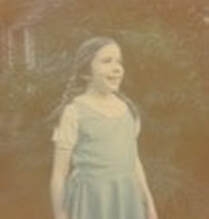
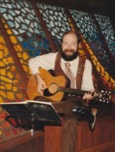
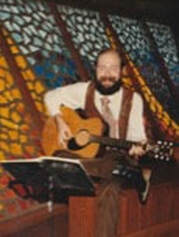
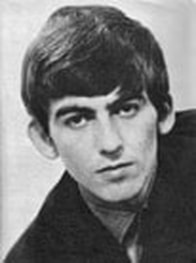
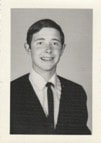
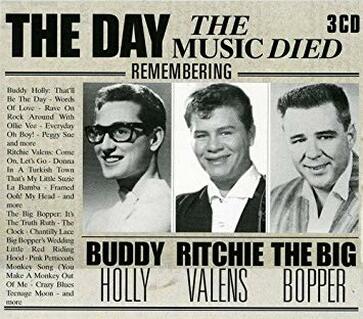
 RSS Feed
RSS Feed